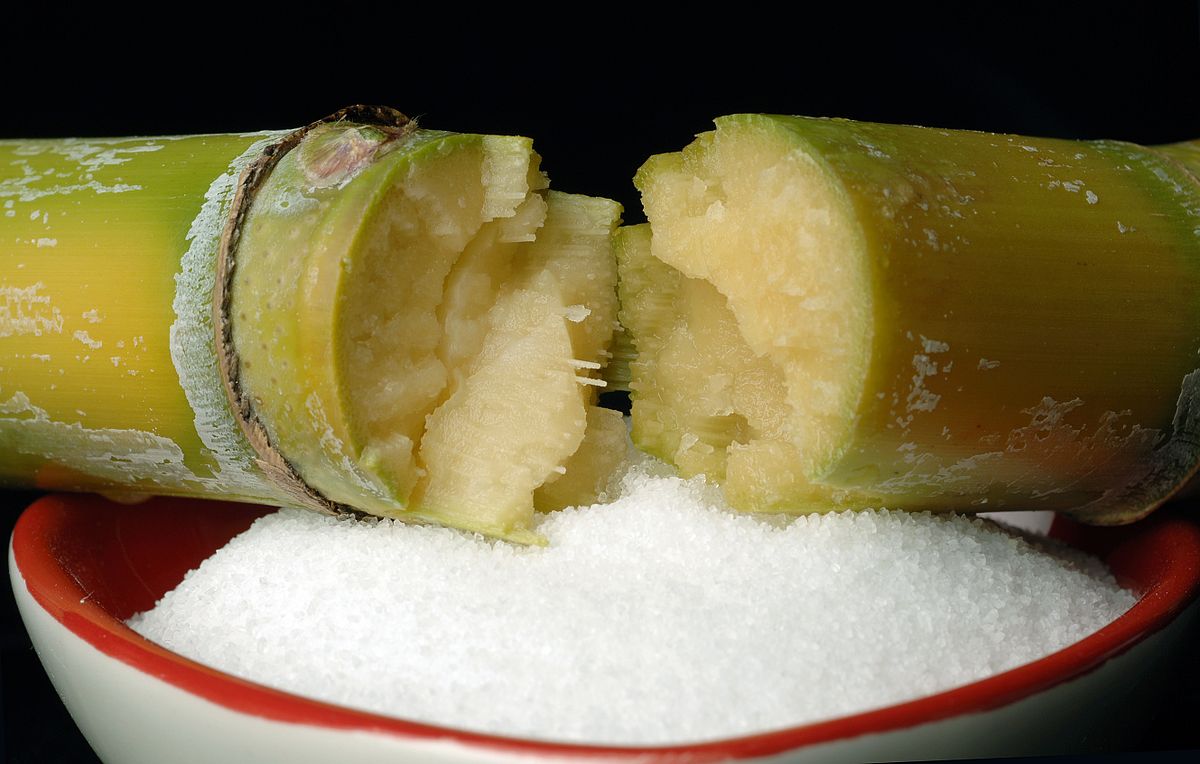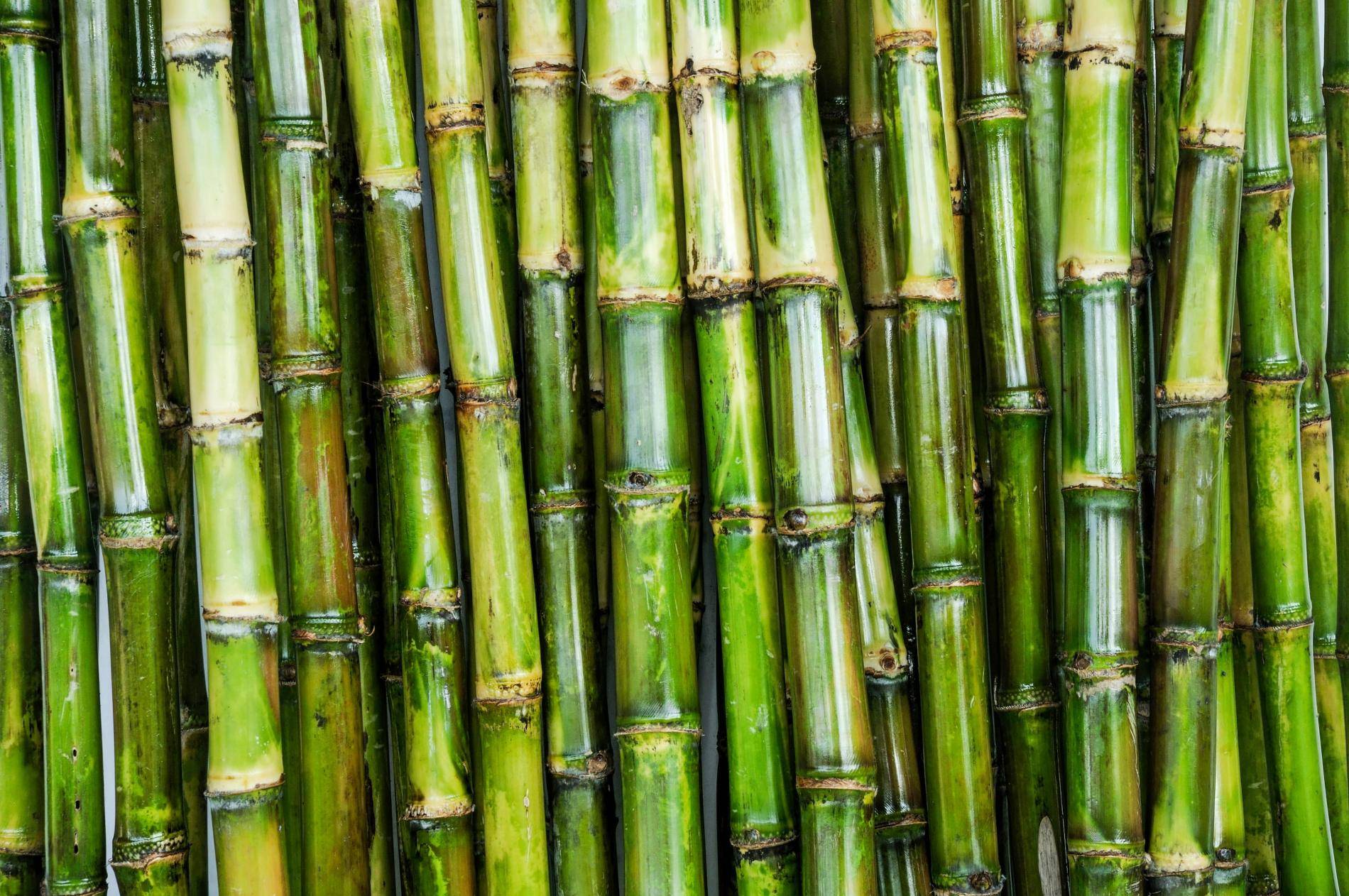Cane Sugar Processing Explained: What Occurs Inside a Sugar Mill
Cane Sugar Processing Explained: What Occurs Inside a Sugar Mill
Blog Article
Discovering the Comprehensive Tips Associated With Walking Cane Sugar Processing From Gathering to Improvement
The procedure of walking cane sugar manufacturing encompasses a collection of complex actions, starting with the mindful harvesting of sugarcane and finishing in the refinement phases that make certain the end product satisfies market requirements. Each phase, from the removal of juice to the purification and condensation procedures, plays a vital role in figuring out the quality and character of the sugar. Recognizing these stages not just highlights the intricacy of sugar manufacturing but likewise raises crucial inquiries regarding effectiveness, sustainability, and advancement in the sector. What ramifications do these factors have for future methods?
Gathering Sugarcane
Collecting sugarcane is an essential action in the walking stick sugar handling chain, as it straight affects the top quality and return of the end product. Correct timing and techniques are important throughout this stage to make sure ideal sugar material and lessen losses. Usually, sugarcane is harvested when it gets to maturation, typically 12 to 18 months after growing, characterized by a high sucrose focus.
:strip_icc()/How-to-Plant-and-Grow-Sugar-Cane-965303384-2fdac181359d44c185dfa7988fc181a8.jpg)
Post-harvest, the sugarcane has to be refined quickly to avoid sucrose destruction. Ideally, harvested walking cane needs to be transported to processing facilities within 24 hr to preserve sugar quality. For that reason, reliable logistical preparation is crucial to preserve the honesty of the harvested plant throughout the supply chain.
Removal Process

The crushed walking cane is subjected to a series of pushing operations to take full advantage of juice recovery. Typically, warm water is sprayed onto the crushed cane, developing a countercurrent circulation that assists liquify the sugar while also helping in the extraction process. The juice collected from this operation consists of not only sugar yet also different natural compounds and pollutants.

To improve removal efficiency, some centers may use diffusion approaches, where the sugarcane is taken in warm water, permitting the soluble sugars to diffuse into the liquid. The resulting juice, rich in sucrose, is then guided to subsequent processing stages, laying the structure for filtration and improvement. The extraction procedure is thus pivotal in establishing the top quality and yield of the last sugar item.
Filtration Strategies
The filtration strategies used in walking stick sugar handling are important for transforming the raw juice into a top quality sugar item. These approaches mainly aim to remove contaminations, such as soil, plant materials, and not natural compounds, which can detrimentally impact the final product's taste and color.
This procedure involves including lime and warmth to the raw juice, which helps with the coagulation of impurities. Furthermore, the usage of phosphoric acid can enhance the clarification process by more binding impurities.
One more significant technique is carbonatation, where co2 is introduced to the cleared up juice. This reaction creates like it calcium carbonate, which captures remaining contaminations and advertises their elimination.
Furthermore, turned on carbon treatment may be put on adsorb any kind of remaining colorants and natural impurities, making certain a much more refined item. The mix of these techniques effectively prepares the sugar juice for subsequent steps in the refining process, setting the stage for the manufacturing of high-grade walking cane sugar.
Formation Techniques
After the filtration stage, the next crucial action in cane sugar handling entails crystallization methods, which play a critical function in changing the made clear juice into strong sugar. This process normally utilizes two main techniques: spontaneous formation and regulated crystallization.
In spontaneous formation, supersaturated sugar remedies are enabled to additional reading cool normally, leading to the formation of sugar crystals over time. This approach permits for the uniform growth of sugar crystals and greater pureness.
Throughout condensation, the made clear juice is focused through dissipation, raising its sugar web content up until it reaches supersaturation. When this point is achieved, either technique can help with the condensation process. Cane Sugar Processing. The resultant sugar crystals are after that separated from the continuing to be syrup through centrifugation
Inevitably, the choice of condensation technique influences the high quality, dimension, and pureness of the final sugar item, making this step vital in the total walking stick sugar processing procedure.
Improvement and Product Packaging
Exactly how can the purity and quality of walking stick sugar be better boosted after crystallization? The refinement procedure plays an important role in achieving high-grade walking cane sugar.
Next, the sugar goes through a process called centrifugation, where it is spun at high speeds to divide the cleansed sugar crystals from the continuing to be liquid. After centrifugation, the sugar is commonly additional fine-tuned through a method called carbonization or phosphatation, which utilizes turned on carbon or phosphoric acid to remove shade and off-flavors.
When improved, the sugar is dried to achieve the desired dampness material, making certain that it remains stable throughout storage space and transportation. The last action entails product packaging the polished sugar in closed and moisture-proof containers to preserve its quality and prevent contamination. Cane Sugar Processing. Proper packaging not just extends rack life but also facilitates simple handling and circulation, making sure that customers receive sugar that satisfies the highest standards of pureness and quality
Conclusion
The comprehensive steps associated with walking stick sugar handling, from the meticulous harvesting of sugarcane to the complex refinement and product packaging stages, emphasize the importance of each phase in making sure high-grade sugar production. Optimum harvesting methods, efficient removal methods, and extensive purification procedures collectively add to the end product's check my site purity and stability. The condensation and succeeding packaging practices even more improve the honesty and rack life of the sugar, highlighting the intricacy and accuracy intrinsic in this crucial farming industry.
The process of walking stick sugar manufacturing includes a collection of elaborate actions, starting with the careful harvesting of sugarcane and finishing in the refinement stages that ensure the last item meets industry requirements. Ideally, harvested walking cane ought to be transferred to refining centers within 24 hours to protect sugar high quality.In spontaneous formation, supersaturated sugar solutions are enabled to cool down naturally, leading to the formation of sugar crystals over time - Cane Sugar Processing. The refinement procedure plays an essential duty in achieving premium walking cane sugar.The detailed steps involved in walking cane sugar handling, from the careful harvesting of sugarcane to the intricate refinement and product packaging stages, underscore the importance of each phase in ensuring high-grade sugar production
Report this page